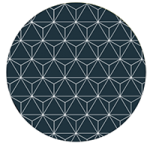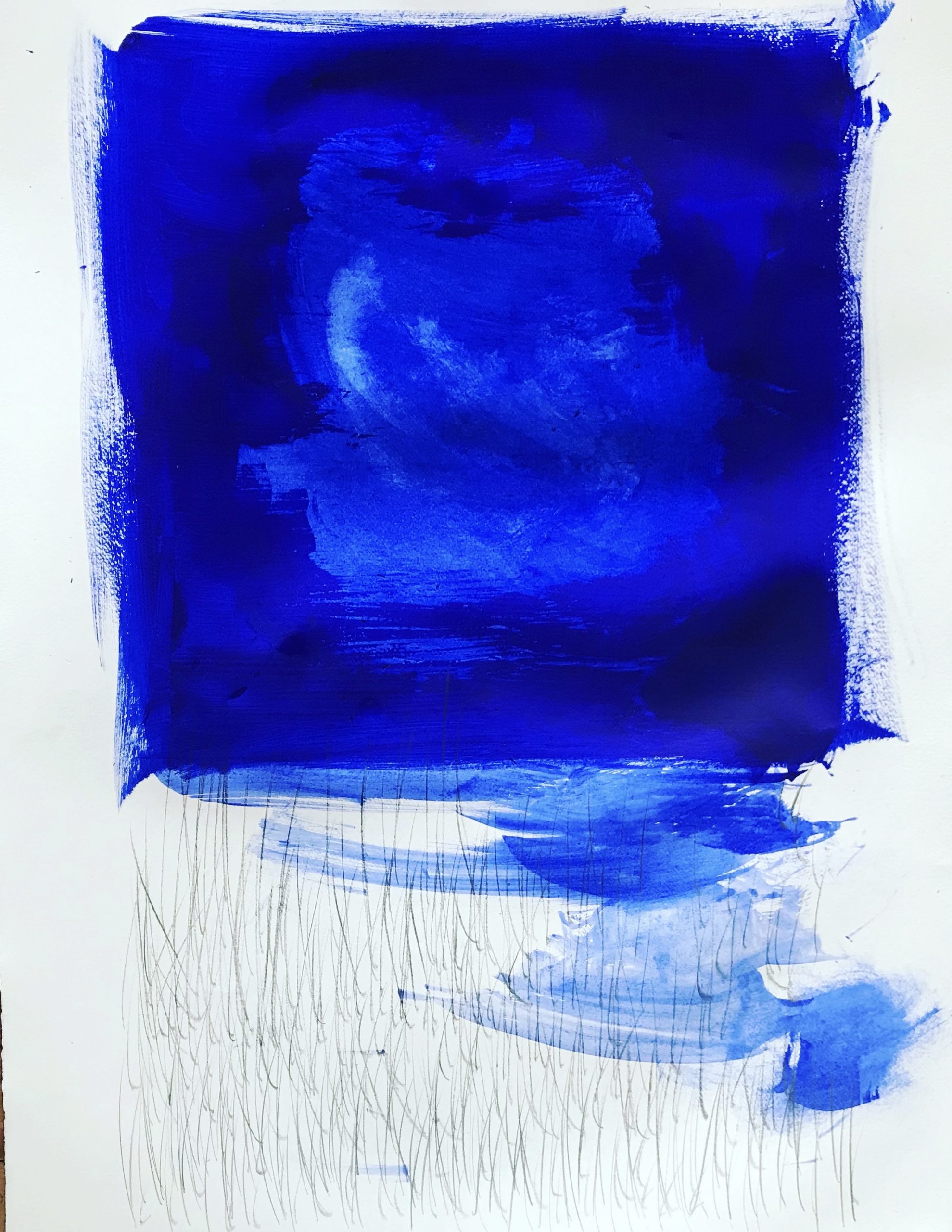Welcome to the Social Art Award 2025 – Online Gallery!
🌊 Dear friends of art and transformation, 🌊
A heartfelt thank you to all artists and creatives who submitted their powerful works for this year’s Social Art Award under the theme: “Planetary Healing – Blue Tribes for Ocean Health.” Your inspiring visions speak to ocean restoration, biodiversity, and reimagining our coexistence with all life forms on Earth.
After receiving 922 submissions from across all continents, and concluding a very active public voting phase, the Social Art Award now enters its next chapter:
🔹 What’s next?
The professional jury panel is currently reviewing and selecting the TOP 100 entries that will be featured in the official Social Art Award 2025 book. In parallel, the two public voting winners will move forward as wildcards into the final jury round.
🔹 Coming up:
-
Shortlisted artists (TOP 10) will be announced by mid-June.
-
Winners of the Social Art Award 2025 will be revealed at our Online Award Ceremony on July 2, 2025.
We invite you to stay connected as we celebrate the power of Social Art to drive dialogue, awareness, and collective transformation.
Let’s continue to amplify art as a force for Planetary Healing.
Blue sea
Peter Reichenbach
The Art of One Stroke: Peter Reichenbach’s 25-Year Journey For 25 years, Zen painter Peter Reichenbach pursued the ability to paint— not merely in a technical sense, but in a way that fully embraced the philosophy of Zen calligraphy. His journey led him to One Stroke Painting, a practice first historically mentioned around 500 AD. This ancient technique embodies the entire process of painting, where every element— the paper, the brush, the trembling of the hand, and even the empty spaces where no color is applied— carries meaning. More than a visual composition, it represents a transformation within the artist, an expression of mindfulness and presence in the moment. However, for Reichenbach, achieving this level of artistry was not solely about mastering the stroke itself. He realized that the origins of the colors used in his paintings also played a crucial role. Traditional painting often focuses on light effects and visual impact, but Reichenbach extended his awareness beyond the canvas, questioning where his colors came from, who produced them, and at what cost. Were they toxic? Did they pollute water during production? Were they ethically and sustainably sourced? These questions became central to his artistic philosophy. To ensure that his colors aligned with his ethical and environmental values, Reichenbach founded Sevengardens, a global movement dedicated to natural and sustainable pigment production. Over the past 25 years, this initiative has grown worldwide, involving communities, schools, and artists in the practice of creating colors from natural, non-toxic sources. It has not only revived ancient dyeing techniques but also raised awareness about the impact of synthetic pigments on the environment. Through Sevengardens, people rediscover the richness of nature’s palette while ensuring that their artistic expression does not contribute to pollution or exploitation. Now, after decades of preparation and reflection, Reichenbach is finally ready to begin his One Stroke Painting. The act itself takes only a few seconds— a single, decisive stroke of the brush— but it carries the weight of his entire journey. His brush is loaded not just with color, but with intention, ethics, and deep respect for the interconnectedness of art and nature. The painting is not just an aesthetic creation; it is a statement, a culmination of 25 years of learning, questioning, and transforming both himself and the world around him. Through this approach, Reichenbach redefines what it means to be a painter. He does not merely paint; he embodies the act of painting. Every aspect of his work, from the physical materials to the philosophy behind it, aligns with the principles of Zen and sustainability. His journey is a testament to patience, awareness, and the belief that true artistry is not just about skill, but about understanding the profound relationship between the artist, their materials, and the world. With One Stroke Painting, Reichenbach demonstrates that art is not just about what appears on the canvas but about the entire process— the unseen, the intentional, and the deeply personal transformation of the artist.
The Art of One Stroke: Peter Reichenbach’s 25-Year Journey For 25 years, Zen painter Peter Reichenbach pursued the ability to paint— not merely in a technical sense, but in a way that fully embraced the philosophy of Zen calligraphy. His journey led him to One Stroke Painting, a practice first historically mentioned around 500 AD. This ancient technique embodies the entire process of painting, where every element— the paper, the brush, the trembling of the hand, and even the empty spaces where no color is applied— carries meaning. More than a visual composition, it represents a transformation within the artist, an expression of mindfulness and presence in the moment. However, for Reichenbach, achieving this level of artistry was not solely about mastering the stroke itself. He realized that the origins of the colors used in his paintings also played a crucial role. Traditional painting often focuses on light effects and visual impact, but Reichenbach extended his awareness beyond the canvas, questioning where his colors came from, who produced them, and at what cost. Were they toxic? Did they pollute water during production? Were they ethically and sustainably sourced? These questions became central to his artistic philosophy. To ensure that his colors aligned with his ethical and environmental values, Reichenbach founded Sevengardens, a global movement dedicated to natural and sustainable pigment production. Over the past 25 years, this initiative has grown worldwide, involving communities, schools, and artists in the practice of creating colors from natural, non-toxic sources. It has not only revived ancient dyeing techniques but also raised awareness about the impact of synthetic pigments on the environment. Through Sevengardens, people rediscover the richness of nature’s palette while ensuring that their artistic expression does not contribute to pollution or exploitation. Now, after decades of preparation and reflection, Reichenbach is finally ready to begin his One Stroke Painting. The act itself takes only a few seconds— a single, decisive stroke of the brush— but it carries the weight of his entire journey. His brush is loaded not just with color, but with intention, ethics, and deep respect for the interconnectedness of art and nature. The painting is not just an aesthetic creation; it is a statement, a culmination of 25 years of learning, questioning, and transforming both himself and the world around him. Through this approach, Reichenbach redefines what it means to be a painter. He does not merely paint; he embodies the act of painting. Every aspect of his work, from the physical materials to the philosophy behind it, aligns with the principles of Zen and sustainability. His journey is a testament to patience, awareness, and the belief that true artistry is not just about skill, but about understanding the profound relationship between the artist, their materials, and the world. With One Stroke Painting, Reichenbach demonstrates that art is not just about what appears on the canvas but about the entire process— the unseen, the intentional, and the deeply personal transformation of the artist.



